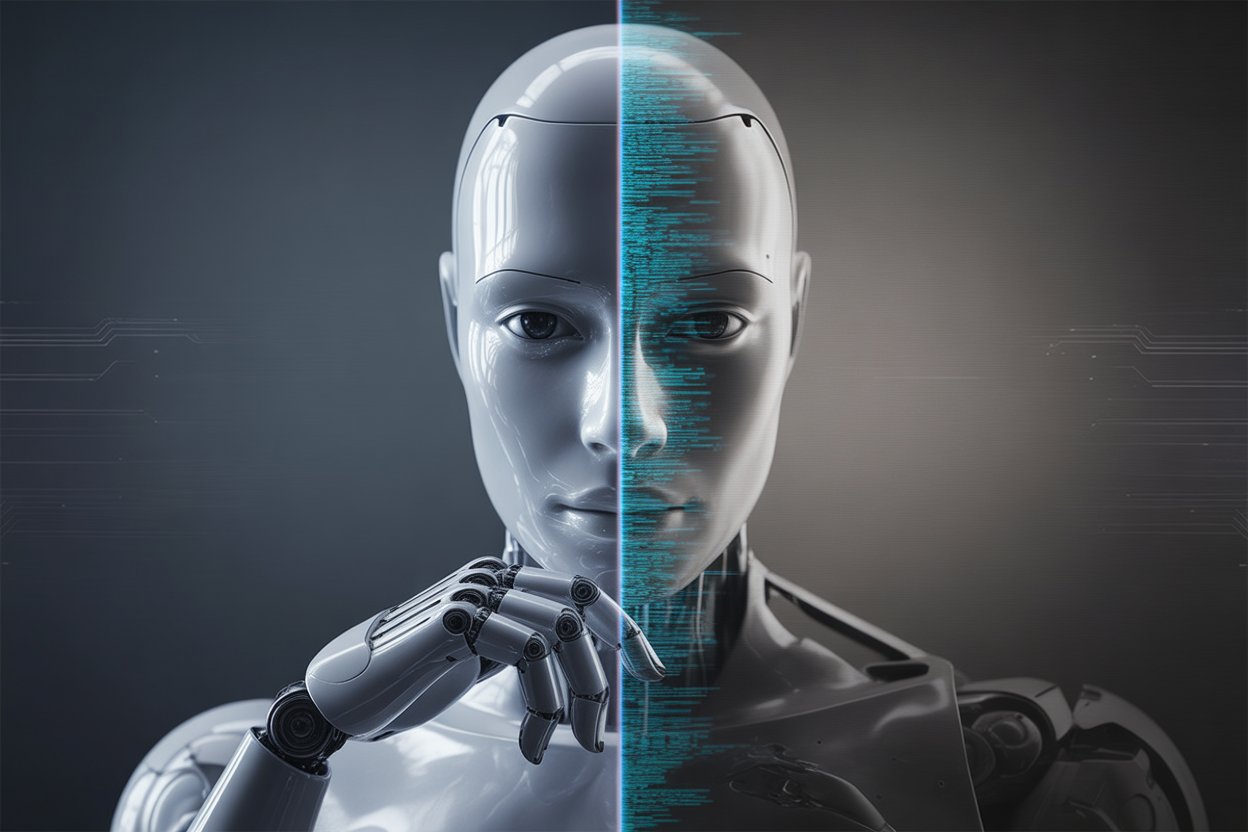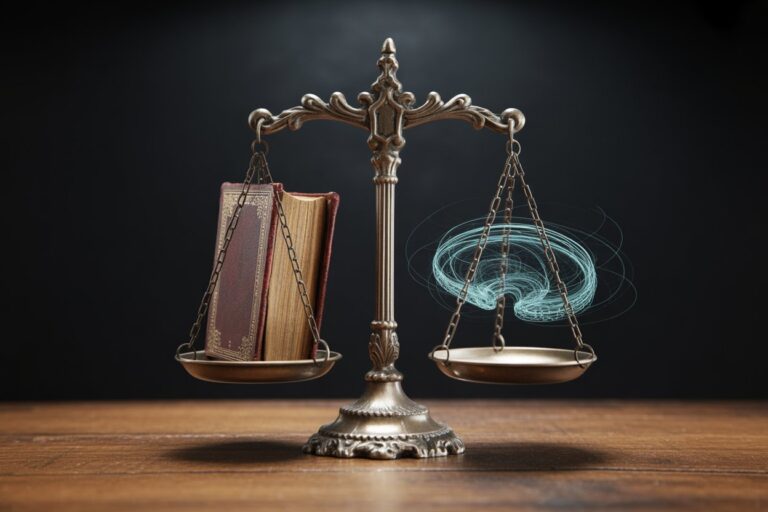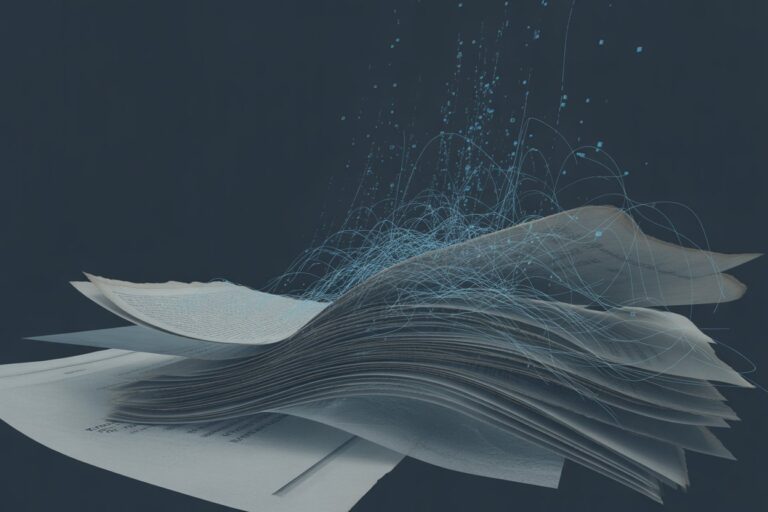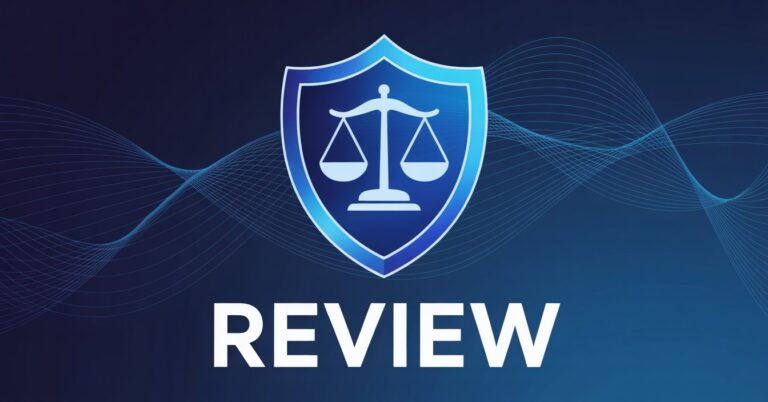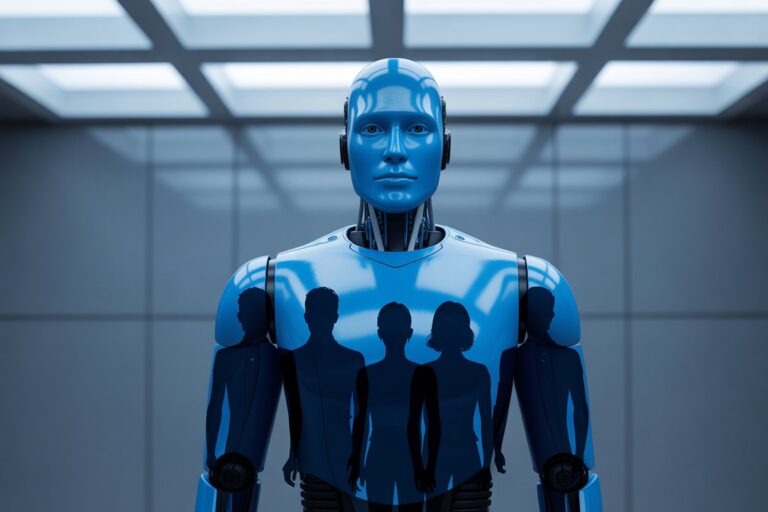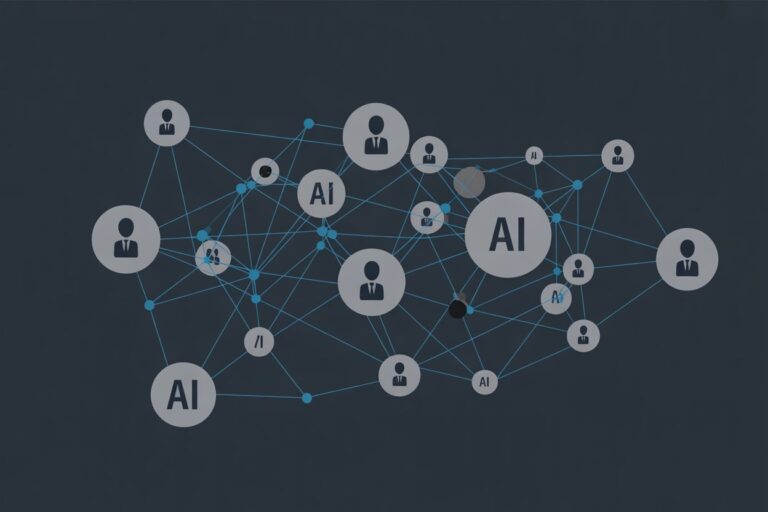Truth on Trial: Courts Scramble to Authenticate Evidence in the Age of Deepfakes
From criminal proceedings to civil cases, AI-generated media is forcing a fundamental rethinking of what counts as proof.
Deepfakes, AI-generated or AI-altered media that can make people appear to say or do things they never did, are no longer speculative. They have entered criminal, civil, and regulatory proceedings in multiple jurisdictions. What began as an internet novelty has become an evidentiary crisis, challenging centuries of legal practice built on the authenticity of human perception.
Courts in the United States, United Kingdom, and European Union are encountering fabricated or manipulated media in cases ranging from harassment to homicide. Each new dispute forces the same question: can a justice system designed for analog truth adapt to synthetic reality?
Deepfakes Enter the Courtroom
The threat materialized faster than many anticipated. In 2024, legal experts warned that courts must confront two troubling possibilities: that evidence presented is AI-generated and not real, and that genuine evidence may be alleged to be fabricated. The University of Chicago Legal Forum published research noting that there is no foolproof way to classify text, audio, video, or images as authentic or AI-generated, and that judges will increasingly need to establish best practices to deal with a potential deluge of evidentiary issues.
In the United States, defense attorneys have begun raising deepfake challenges to audio and video evidence. While courts have yet to accept these defenses in cases with strong corroborating evidence, judges acknowledge the claims are no longer frivolous. Thomson Reuters reported that similar authenticity rulings are now surfacing in multiple federal jurisdictions.
These early disputes illustrate the dual nature of the threat. Deepfake evidence can be weaponized both as a false exhibit and as a false accusation that genuine media has been faked. Courts must now navigate between accepting manipulated material and discarding authentic proof.
The Authentication Crisis
Under Rule 901 of the Federal Rules of Evidence, a party introducing an exhibit must demonstrate that it “is what the proponent claims it is.” That standard has historically relied on witness testimony, chain of custody, or technical verification. Deepfakes complicate each step. A person may swear that a video looks accurate, unaware that it was altered at the pixel level. Metadata can be erased or spoofed. And forensic tools that once detected splicing or compression artifacts can fail against generative adversarial networks designed to mimic genuine sensor data.
Legal scholars have proposed amending Rule 901 to shift the burden of proving authenticity to the party introducing AI-generated or AI-enhanced media. Such amendments would require technical substantiation and court review whenever synthetic or manipulated media is offered as evidence. The proposal reflects a growing consensus that authentication now demands specialized expertise rather than simple observation.
Detection vs. Generation: The Endless Race
Verification is no longer intuitive; it is computational. The U.S. National Institute of Standards and Technology operates a Media Forensics Program developing benchmarks for deepfake detection. Its 2024 report, Reducing Risks Posed by Synthetic Content, urged courts to require provenance documentation, cryptographic signatures, or verified source chains whenever digital media is introduced. The report emphasized that without such safeguards, authenticity determinations may become conjectural rather than evidentiary.
At the same time, universities and laboratories are racing to build detection systems. Researchers at the University of Oxford have published methods for identifying frequency-domain irregularities unique to generative models. Stanford’s Human-Centered Artificial Intelligence Institute has studied algorithmic fingerprints left by video generators, finding that even advanced deepfakes can be detected with specialized training data, at least until the next model iteration erases those clues.
The result is an escalating contest between creation and detection, with the justice system caught in the middle.
How Courts Are Fighting Back
Courts are beginning to issue rulings that treat AI-altered media as a unique evidentiary class. Federal judges have struck video footage that had been machine-enhanced to clarify facial features, finding that the process introduced unverifiable artifacts. Appellate panels have cited “heightened scrutiny” for any exhibit modified by generative algorithms, warning that the probative value of digital evidence is contingent upon transparency in its creation.
Outside the United States, similar caution is emerging. The European Union’s AI Act requires disclosure whenever synthetic media is used in public or judicial contexts. The legislation mandates transparency about AI involvement and imposes penalties for undisclosed use of generated content in legal proceedings. The United Kingdom’s judiciary has incorporated deepfake awareness into its continuing education curriculum, emphasizing the need for early expert consultation.
In Australia, the Office of the eSafety Commissioner has collaborated with universities to provide law enforcement with authenticity verification tools after fabricated videos surfaced in defamation and harassment proceedings.
Judges Turn to Forensic Experts
In practice, judges are handling deepfake evidence through pretrial hearings that mirror those for DNA or other technical exhibits. When authenticity is disputed, courts increasingly require both sides to produce forensic experts who can explain the provenance, model type, and verification method employed. In several jurisdictions, judges have limited juror exposure to contested recordings until authenticity is established.
The Illinois State Bar Association has advised that attorneys presenting digital media must be prepared to demonstrate the reliability of underlying technology and the unaltered state of the evidence. That requirement extends to AI-enhanced images, filtered audio, and transcriptions produced by generative tools.
In effect, authenticity has become a science question rather than a perception question, demanding expert corroboration rather than lay intuition.
States Rush to Regulate Deepfakes
Several states are introducing legislation to criminalize or regulate the use of deepfakes in judicial and political settings. At least 50 deepfake-related bills were enacted through the end of 2024, with California, Texas, Virginia, and New York leading the charge. These states have passed laws prohibiting malicious deepfakes intended to injure reputation, influence elections, or interfere with judicial proceedings. California alone enacted eight new deepfake laws in 2024, addressing issues ranging from election interference to sexual exploitation.
At the federal level, several bills have been proposed, including the DEFIANCE Act and the NO FAKES Act, which would create civil remedies for victims of deepfake manipulation and establish federal standards for digital watermarking of AI-generated media, modeled in part on provenance standards used in cybersecurity.
Internationally, the European Commission has published guidance urging that authenticity verification should be a mandatory procedural step where digital evidence carries material weight. The guidance recommends establishing independent verification bodies that can authenticate media before it reaches the courtroom.
Despite these advances, procedural law still lags behind technology. No jurisdiction has yet adopted a dedicated rule of evidence for synthetic media. Instead, courts are adapting existing standards, including Rules 901 and 403 in the United States, Section 65B of the Indian Evidence Act, and equivalents in the European Union, to cover AI-related authenticity disputes. The result is uneven but evolving case law built by necessity rather than design.
The Liar’s Dividend: Manufacturing Doubt
Experts warn that deepfakes may erode trust even in genuine evidence. Scholars describe a “liar’s dividend,” a phenomenon where people exploit the existence of deepfakes to deny authentic recordings. The risk is not only that fabricated content may be admitted, but that real evidence may be dismissed as fake.
This dynamic, already visible in political misinformation, is beginning to appear in courtrooms. NPR reported that defense attorneys in January 6 riot cases and other high-profile litigation have invoked the possibility of deepfakes to cast doubt on legitimate surveillance footage, recorded confessions, and witness statements. In some cases, the mere suggestion that evidence could be fake is enough to create reasonable doubt, even without expert testimony supporting the claim.
That erosion of trust cuts to the core of the legal system. Trials depend on the credibility of evidence and the confidence of jurors that what they see and hear reflects reality. Without verifiable standards, the justice system risks entering an epistemic crisis where every exhibit is suspect and every witness challenged by a synthetic ghost.
Restoring Trust in the Digital Courtroom
The path forward will depend on procedural innovation as much as technology. Courts will likely develop standing orders requiring disclosure of AI use in evidence preparation, similar to the certifications already adopted for AI-generated court filings in some jurisdictions. Judges may convene panels of technical experts to advise on authentication methods. Law schools are beginning to incorporate digital forensics into evidence courses, preparing future lawyers for a world in which raw perception is no longer proof.
As with previous technological disruptions, from fingerprints to DNA, the law is adjusting through precedent. But unlike those past revolutions, deepfakes attack the foundation of human judgment itself. Each new case will help determine whether the courts can restore a reliable threshold between real and artificial truth.
The question is no longer whether deepfakes will transform the justice system, but whether the justice system can transform quickly enough to preserve its fundamental purpose: distinguishing truth from falsehood.
My Take
Deepfakes have pushed the justice system into unfamiliar territory. Courts are now confronting the uncomfortable question of what counts as truth when seeing and hearing are no longer reliable.
The danger is not only that fake evidence could be admitted but that real evidence can be dismissed as fake. This so-called liar’s dividend is already appearing in criminal cases where defense lawyers suggest that videos or recordings might be AI-generated even when they are genuine. Once that doubt is introduced, it is difficult to erase.
The larger risk is the erosion of trust itself. Trials depend on the assumption that what is presented in court reflects reality. If every piece of digital evidence can be questioned, the foundation of the legal process begins to weaken.
Courts will have to respond through both technology and procedure. They will need disclosure rules for AI use, expert verification of digital media, and judicial training in digital forensics. Law schools are already adapting, preparing a generation of lawyers who will treat authenticity as a technical matter rather than a question of intuition.
Even with these changes, the deeper challenge remains. The courts must find a way to preserve the idea of truth in a world where anything can be fabricated. Their ability to distinguish reality from illusion will determine whether justice can still function in the age of synthetic evidence.
Sources
Australia Office of the eSafety Commissioner – Deepfake Trends and Challenges Position Statement
European Commission – EU AI Act
Illinois State Bar Association – Deepfakes in the Courtroom: Problems and Solutions
Morrison Foerster – 2024 Year in Review: Navigating California’s Landmark Deepfake Legislation
National Institute of Standards and Technology – Media Forensics Program
NIST – Reducing Risks Posed by Synthetic Content (2024)
NPR – People Are Trying to Claim Real Videos Are Deepfakes. The Courts Are Not Amused
Perkins Coie – AI-Generated Deepfakes and the Emerging Legal Landscape
Stanford HAI – Using AI to Detect Seemingly Perfect Deep-Fake Videos
Thomson Reuters – Deepfakes and Evidence Authentication
Transparency Coalition – How State Lawmakers Are Acting to Stop the Harm of AI-Generated Deepfakes
United States Courts – Federal Rules of Evidence
University of Chicago Legal Forum – Deepfakes in Court (2024)
University of Oxford – Research on Generative Models and Reliability
This article was prepared for educational and informational purposes only. It does not constitute legal advice and should not be relied upon as such. Case examples are drawn from public reporting and court proceedings. Readers should consult professional counsel for specific legal or compliance questions related to AI use in litigation or evidence handling.

